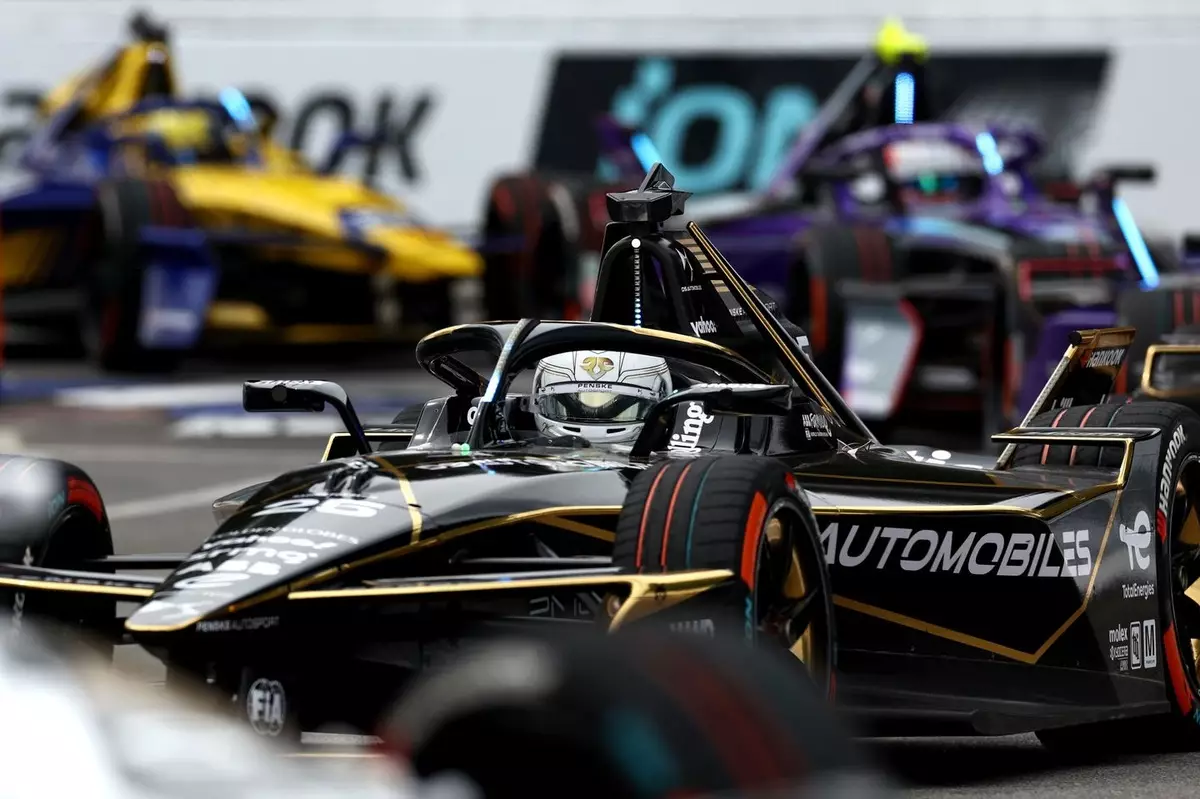The world of motorsports is inherently competitive, marked by precision, strategy, and the relentless pursuit of excellence. As the Formula E circuit evolves with its innovative all-electric vehicles, drivers and teams face new challenges that test not only their technical capacities but also their strategic acumen. Recently, two-time Formula E champion Jean-Eric Vergne raised significant concerns about a key feature of this season’s regulations: the upcoming introduction of the Pit Boost. His insights serve as a lens to examine the implications of these innovations on racing dynamics.
The 2023 season marks a pivotal moment for Formula E, with the introduction of the Gen3 Evo car. This new model incorporates advanced features such as softer Hankook tires and the capability for four-wheel drive. These modifications are crucial, particularly during qualifying duels and Attack Mode, where drivers look to gain a competitive edge. Notably, the performance improvements have translated into faster lap times, with records showing significant reductions in pole positions compared to previous seasons. In cities like Sao Paulo and Mexico, the pace has quickened considerably—evidence of both the technological advancements in car design and the evolving nature of electric racing.
Pit Boost, a concept several years in the making, is intended to add an extra layer of tactical depth to races. Designed to provide a 10% battery recharge with a charging rate of 600 kW during mandatory pit stops, this feature puts a spotlight on timing and decision-making. While the intention of Pit Boost is to enhance the strategic aspects of racing, Vergne’s contemplations underscore potential pitfalls that might arise from its implementation.
As Vergne articulates, launching into Pit Boost introduces unpredictability. Particularly concerning is the prospect that race leaders may emerge from pit stops at a disadvantage—possibly even a lap down—due to the long nature of the pit stops, which can take around 30 seconds. This scenario raises the stakes not merely for the drivers but for the integrity of race outcomes. Race conditions, especially when compounded by the influence of safety cars, can skew the competitive landscape significantly.
The timely execution of pit stops will likely become a focal point in the team’s strategy. A well-timed stop could provide drivers with an undercut advantage, allowing them to leapfrog those who stay out longer. However, the vulnerability created by factors like a safety car has the potential to shift race positions in a way that some might see as arbitrary or unfair. Vergne’s concern that luck may play a larger role than skill in determining race outcomes draws attention to the need for balance in the sport.
Addressing the Fairness of Attack Mode
Adding to Vergne’s concern is the enhanced Attack Mode feature, which now incorporates the all-wheel drive capability. This system, while powerful, also contributes to another layer of randomness that can undermine strategic planning. As highlighted by Vergne’s experiences in Sao Paulo and Mexico, activating Attack Mode at a suboptimal moment—such as immediately before a full-course yellow—can negate its advantages entirely. This inconsistency in performance adds a frustrating variable to what should be a system designed to enhance competition.
Many drivers can relate to this feeling of being at the mercy of uncontrollable race conditions. As Vergne notes, the proactive pursuit of minute performance improvements can be rendered futile by the vagaries of in-race events. For teams and drivers whose livelihoods depend on their performance, this unpredictability can lead to disillusionment and frustration. The hope is that the FIA and Formula E will recognize and respond to these challenges, possibly implementing solutions that preserve competitive fairness across the board.
As Formula E continues to innovate with regulations and technology, the balance between entertainment, strategy, and fairness must be carefully managed. Vergne’s observations reflect a broader conversation about the sport’s evolution and its impact on race strategies. While the introduction of features like Pit Boost and more dynamic Attack Modes can heighten excitement and engagement, they also pose challenges that must be addressed to ensure that luck does not overshadow skill.
Formula E stands at the precipice of profound change, and the insights from seasoned drivers like Jean-Eric Vergne are invaluable as the sport navigates this new terrain. As teams and fans alike prepare for the forthcoming races, the hope is that the evolution of the sport remains true to its competitive spirit, ensuring that talent and strategy reign supreme on the track.

